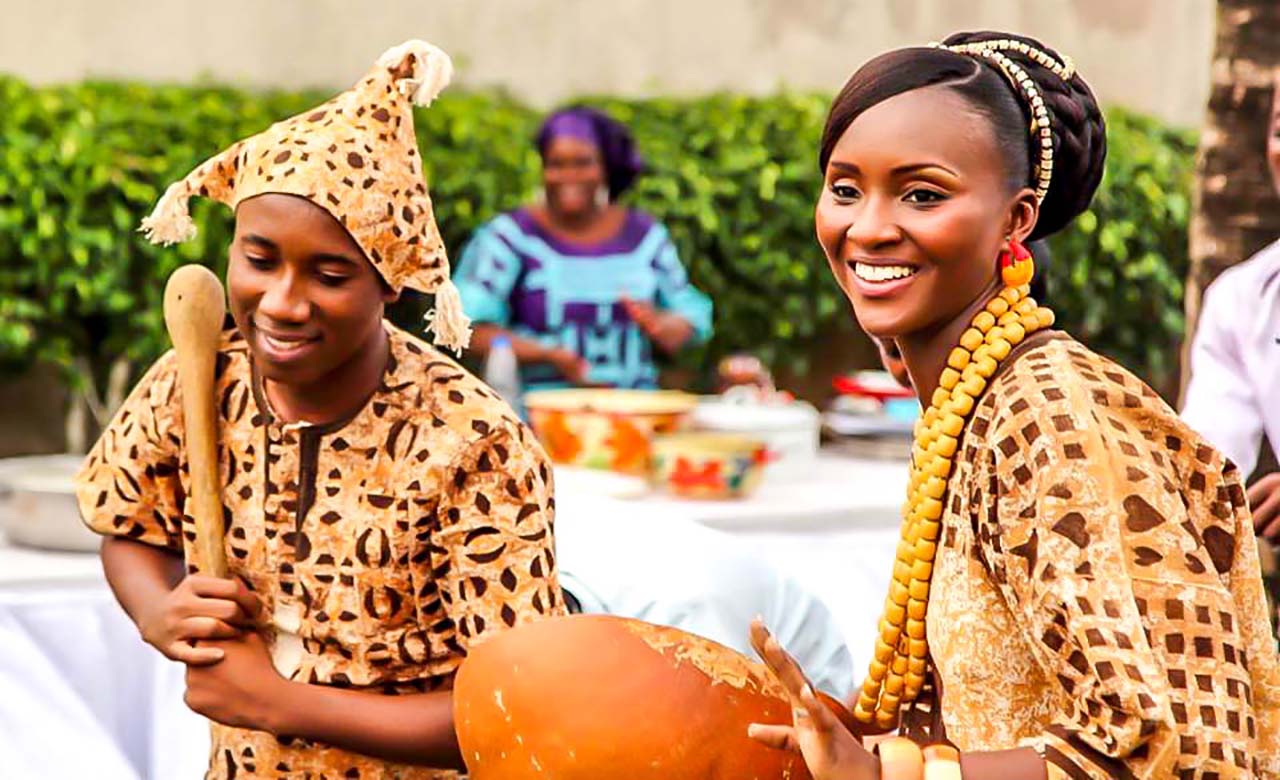premiumtix.net – Burkina Faso, a landlocked country in West Africa, is a mosaic of diverse ethnic groups, each with its unique traditions and cultural practices. Despite the influences of modernity, the country’s cultural heritage remains vibrant and deeply ingrained in the daily lives of its people. This article explores the rich tapestry of Burkina Faso’s culture, highlighting traditional practices and the integration of modern elements.
Ethnic Diversity and Cultural Heritage
Burkina Faso is home to over 60 ethnic groups, with the Mossi being the largest. This ethnic diversity has contributed to a rich cultural landscape, characterized by a variety of languages, customs, and traditions. Traditional practices such as music, dance, and art play a central role in community life, often intertwined with religious and social ceremonies.
Traditional Practices
Music and Dance
Music and dance are integral to Burkinabé culture, serving as a means of communication, celebration, and social cohesion. Traditional instruments such as the balafon (wooden xylophone), djembé (drum), and kora (harp) are commonly used. Dance is often performed in groups, with intricate movements and costumes that reflect the cultural identity of the performers.
Art and Crafts
The country is renowned for its traditional crafts, including pottery, weaving, and metalwork. Artisans create intricate designs and patterns that are passed down through generations. These crafts are not only a source of income but also a way to preserve cultural heritage.
Festivals and Ceremonies
Festivals and ceremonies are an essential part of Burkinabé culture, marking important events such as harvests, marriages, and religious observances. One of the most famous is the FESPACO (Pan-African Film and Television Festival of Ouagadougou), which showcases African cinema and attracts filmmakers and enthusiasts from around the world.
Modern Practices
Urbanization and Globalization
As Burkina Faso undergoes urbanization and globalization, traditional practices are adapting to modern lifestyles. Urban centers like Ouagadougou and Bobo-Dioulasso are hubs of cultural innovation, where traditional music and art blend with contemporary influences. Social media and technology have also become platforms for cultural expression and preservation.
Education and Cultural Exchange
Education plays a crucial role in transmitting cultural knowledge to younger generations. Schools and cultural centers offer programs that teach traditional languages, music, and crafts. Additionally, cultural exchange programs with other countries help to promote Burkinabé culture on the global stage.
Sustainable Tourism
Sustainable tourism is emerging as a way to celebrate and preserve Burkina Faso’s cultural heritage. Eco-friendly tourism initiatives provide opportunities for visitors to experience traditional practices while supporting local communities and conservation efforts.
Conclusion
The culture of Burkina Faso is a testament to the resilience and creativity of its people. Traditional practices continue to thrive, adapting to the challenges of modernity while maintaining their essence. Through music, dance, art, and festivals, Burkinabé culture remains a vibrant force, connecting generations and fostering a sense of identity and community. As the country moves forward, the preservation and celebration of its cultural heritage will be key to its social and economic development.
